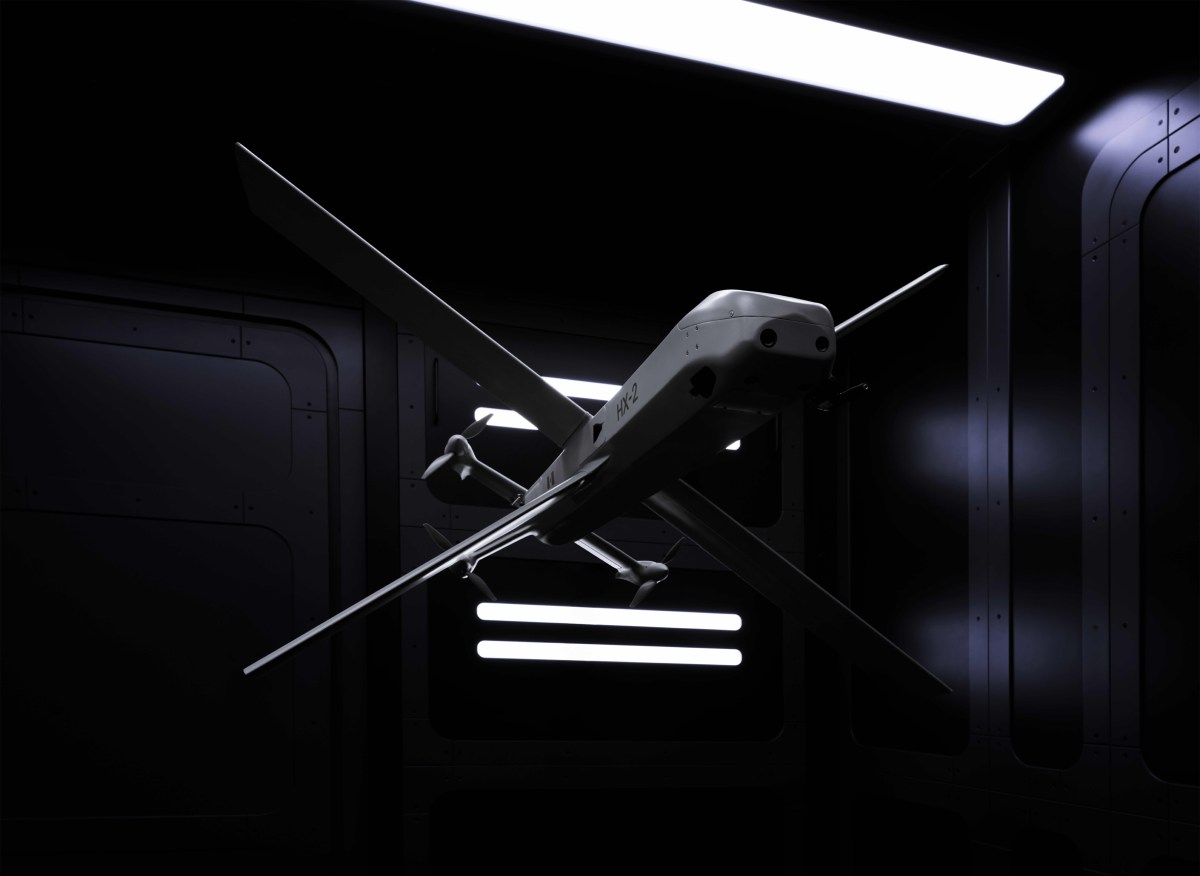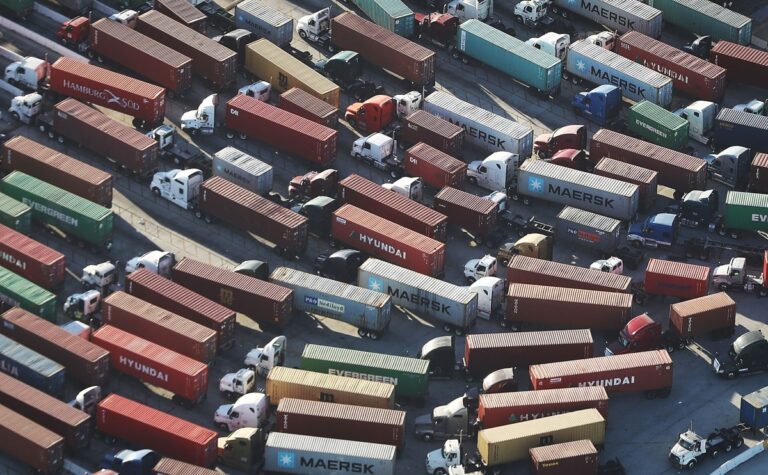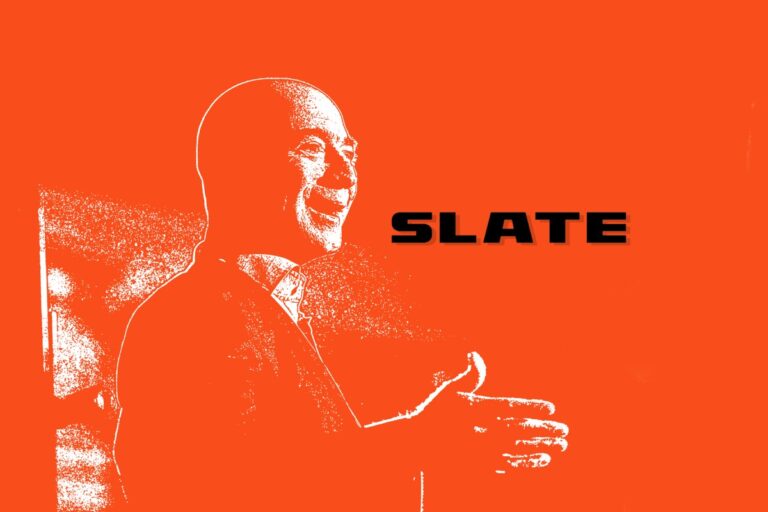Germany’s Helsing Boosts Drone Production for Ukraine: A Major Manufacturing Expansion
In a significant development for military technology, Helsing, a German defense tech startup backed by Spotify’s Daniel Ek and other prominent investors, is set to produce a remarkable 6,000 HX-2 strike drones. This comes in addition to the ongoing delivery of 4,000 HF-1 strike drones financed by Germany to support Ukraine in its conflict with Russia.
Scaling Up Drone Production for Ukraine
Helsing’s co-founder, Gundbert Scherf, stated, “We are scaling up production of HX-2 in response to additional orders from Ukraine.” This announcement follows recent discussions between U.S. President Donald Trump and Russian President Vladimir Putin regarding potential negotiations to end the ongoing war in Ukraine, raising speculation about the timeline of the conflict.
The Evolution of Strike Drones
Strike drones have become essential in military operations, and Helsing has significantly pivoted its focus to this technology since 2024. Initially starting as an AI software company, Helsing now positions itself as one of the largest manufacturers of strike drones globally.
- **First-person-view (FPV) kamikaze drones** are crucial for Ukraine, enabling precision strikes despite equipment shortages.
- Helsing’s drones can operate in swarms, enhancing their tactical effectiveness on the battlefield.
Notably, while Helsing is venturing into hardware production, it maintains a strong emphasis on software solutions. Co-founder Niklas Köhler remarked, “We solve the hard problems in the software layer, not the electronics,” indicating a balanced approach between hardware and software innovation.
Introducing the HX-2 Kamikaze Drone
Unveiled in late 2024, the HX-2 kamikaze drone model incorporates advanced AI capabilities designed for scalable production. This drone can autonomously locate targets even when communication signals are disrupted, making it a formidable asset in combat.
Cost Efficiency and Scalability
While pricing has not been disclosed, Helsing claims its production strategy results in lower unit costs compared to competitors like the AeroVironment Switchblade. The company aims to achieve a scalable manufacturing process that meets the demands of modern warfare.
Establishing Resilience Factories
Unlike the HF-1 drones, which are produced in collaboration with Ukrainian industries, the HX-2 drones will be manufactured in facilities named “Resilience Factories.” These factories are strategically placed across Europe to ensure local sourcing and compliance with national defense procurement requirements.
- The first Resilience Factory is operational in Southern Germany, with a production capacity exceeding 1,000 HX-2 drones per month.
- These facilities are designed to scale production significantly during times of conflict.
Helsing’s announcement coincided with the Munich Security Conference, further solidifying Southern Germany’s status as a defense hub. A recent report highlighted that Germany leads Europe in Defense, Resilience, and Security funding for 2024, with Munich at its core.
Funding and Strategic Partnerships
Helsing has been a key player in this funding landscape, raising $487 million in a Series C round last year. To date, the startup has garnered approximately €761.5 million (around $791 million). This week, during the Paris AI Action Summit, Helsing announced a strategic partnership with French AI leader Mistral. Scherf emphasized, “Europe needs to assert its strength as a geopolitical actor, and AI leadership is the key to that strength and Europe’s future security and prosperity.”
For more information about Helsing’s innovations and their impact on defense technology, visit their official website.







